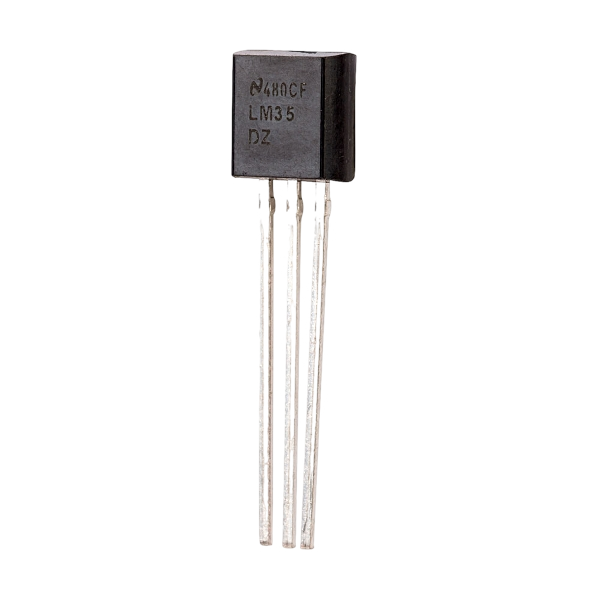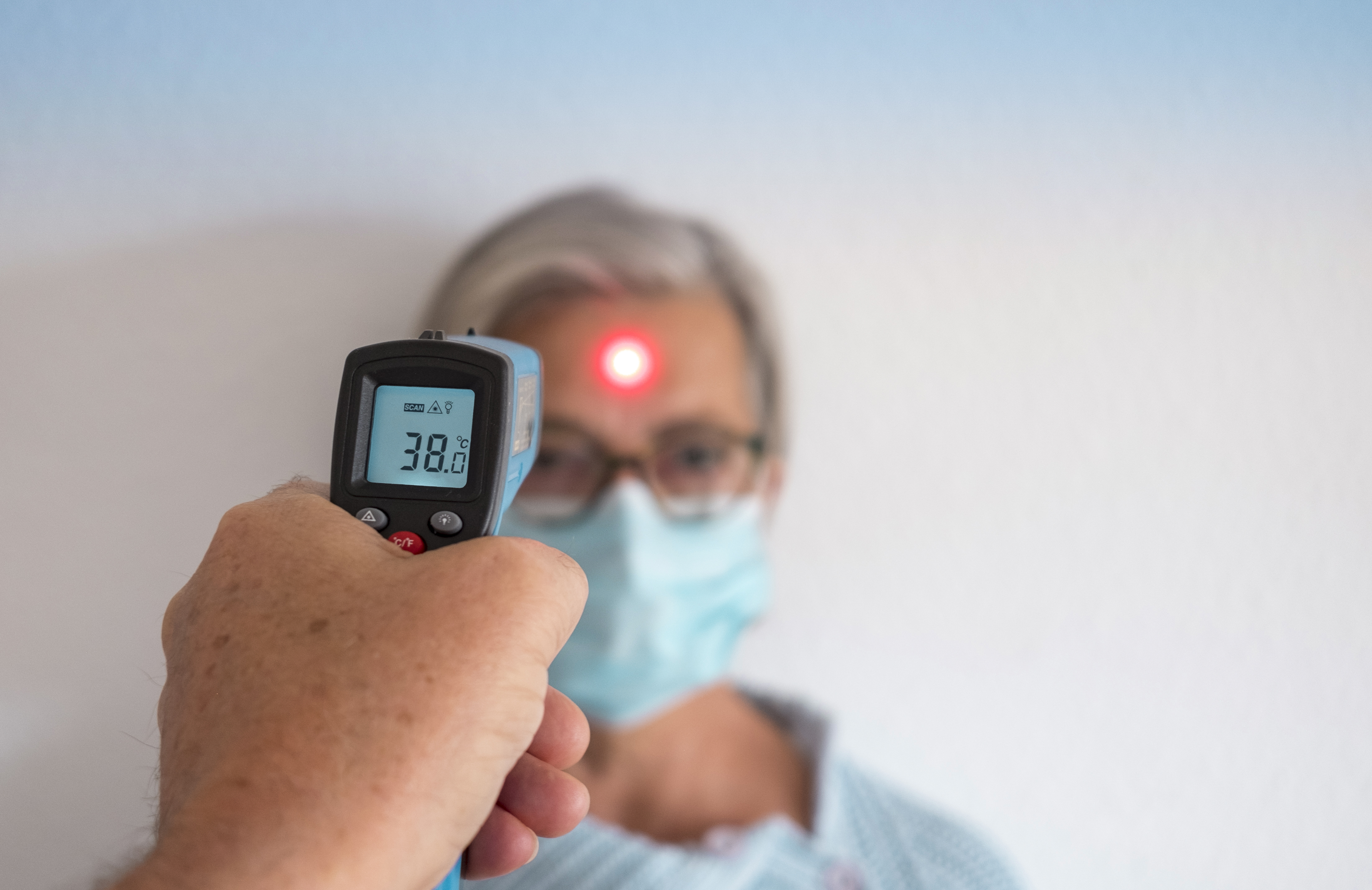As part of our ongoing development of the Dynamic Emergency Monitoring System (DEMS), we are now focusing on evaluating individual sensors that will eventually be integrated into our wearable prototype. One of the most critical health indicators we intend to monitor is body temperature- a vital sign that often serves as an early warning for infection, inflammation, or systemic distress. [Vital Signs]
To test this, we selected the LM35DZ, a popular analog temperature sensor, for the first phase of our concept validation.
Why the LM35DZ?
The LM35DZ is a compact, low-cost analog temperature sensor with a linear output. It delivers 10 mV per degree Celsius, making it easy to interpret, especially when prototyping with microcontrollers such as the Arduino or Raspberry Pi (paired with an ADC module). Its main advantages are:
- Simple integration (no digital protocol needed)
- Good accuracy in the range of human body temperature
- Low power consumption
- Small form factor, suitable for wearable designs
The Testing Process
For this early-stage evaluation, we connected the LM35DZ to an Arduino Uno to log real-time temperature readings. The sensor was placed in direct contact with the skin (on the wrist) and then moved to different environments (e.g., room air, hand surface, near a warm light source) to test responsiveness and accuracy, before getting the microcontroller chosen for the purpose of the project.
We compared the LM35DZ readings with a standard digital thermometer as a reference. The results were surprisingly consistent at room temperature and showed reasonable precision when measuring surface body temperature, which is expected for surface-contact sensors. In the next few weeks of the prototype development, we’re aiming to ensure that the readings made have the precision needed to make part of the solution that we propose in our project.
Next Steps
While the LM35DZ showed some questionable results in our tests, we acknowledge its limitations regarding clinical accuracy and variability due to skin contact. Nevertheless, for early-stage prototyping and detecting temperature variations—particularly in yellow-priority patients—it provides a reasonably reliable foundation. In upcoming iterations, we will test alternative contact and non-contact temperature sensors to compare performance and evaluate integration feasibility with the wearable system.
This hands-on test was essential in shaping the hardware direction of our system. Each sensor we validate brings us closer to a functional prototype capable of improving emergency care through real-time monitoring and data-driven triage.

